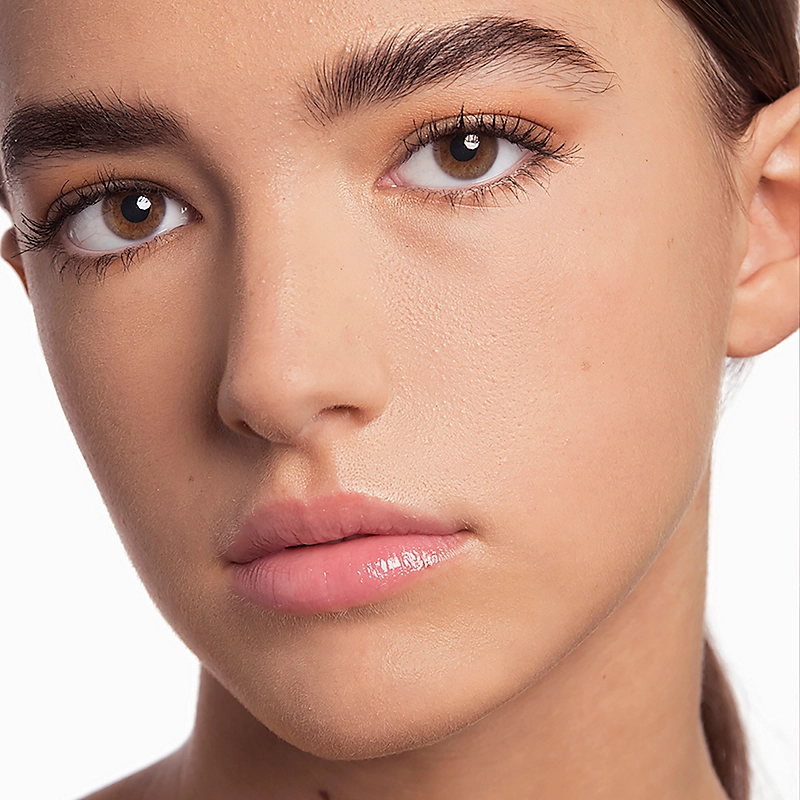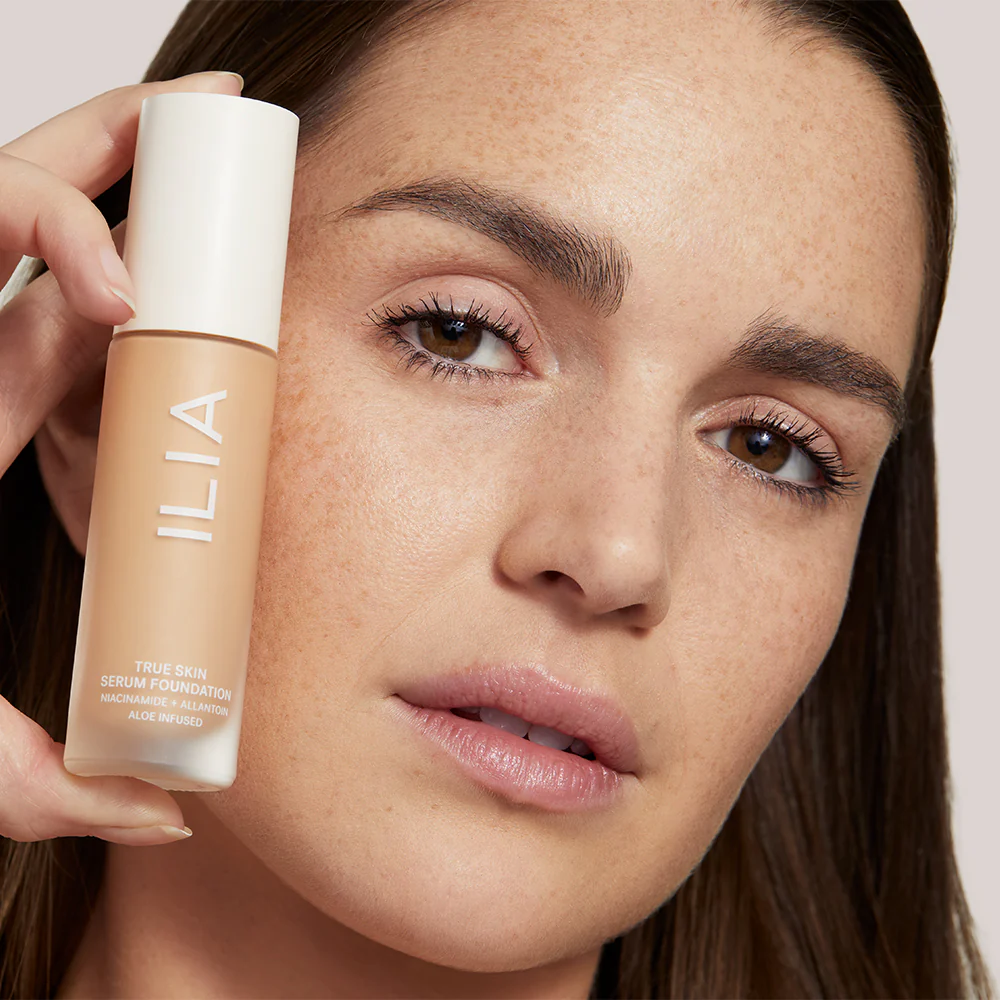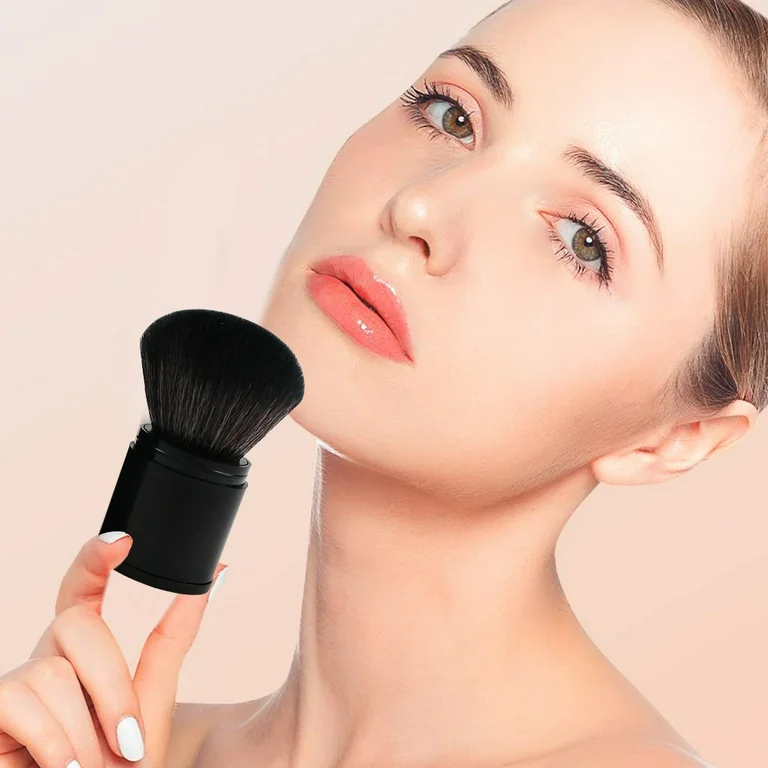
Solve Cakey Foundation: Identify and Fix Common Mistakes
Introduction to Cakey Foundation Issues
Everyone who wears makeup knows the frustration of a cakey foundation – when the product settles into fine lines, appears heavy, and looks far from the flawless finish desired. It’s a common issue that many face, challenging both makeup beginners and enthusiasts alike. Why does my foundation look cakey? Knowing the importance of a smooth and natural foundation application, this blog aims to unwrap the mystery behind why foundations can end up looking cakey.
We’ll explore essential steps for skin preparation, the impact of primers, the significance of proper exfoliation, the need for choosing the right foundation formula, and the best application techniques to avoid product buildup. Additionally, we’ll discuss how overall skincare routine influences the performance of your makeup and provide maintenance tips to ensure your foundation stays fresh and non-cakey for longer periods. Let’s dive in to solve the cakey foundation conundrum and help you achieve that perfect makeup base every time.

Understanding Skin Preparation and Its Importance
Before applying foundation, it’s crucial to prepare the skin, as it can affect how makeup looks and lasts. Proper skin preparation creates a smooth canvas for the foundation and can significantly reduce the likelihood of cakey makeup. To begin, it’s important to cleanse the skin thoroughly to remove excess oils, dirt, and any remnants of old makeup that could interfere with a fresh application. Next, a hydrater with the appropriate formula for your skin type should be applied, providing the necessary moisture to prevent the foundation from clinging to dry patches.
Exfoliation plays a vital role in skin preparation. By removing dead skin cells, it helps to even out the skin’s texture, allowing the foundation to apply more uniformly and without clinging to rough areas that can enhance a cakey appearance. However, exfoliation should be done with care; over-exfoliation can lead to irritation and increased dryness, which can also negatively impact foundation application.
Finally, a primer should not be overlooked. It acts as a barrier between the skin and makeup, smoothing fine lines and pores to provide a seamless base. By choosing the right primer for your skin type, whether it’s hydrating, mattifying, or color-correcting, you can address specific skin concerns that may contribute to cakey makeup. Also, a primer can improve the longevity of your foundation, keeping it intact and looking fresh for longer.
Remember, the condition of your skin heavily influences the final outcome of your makeup. By prioritizing skin preparation and tailoring it to your skin’s needs, you can greatly improve the performance of your foundation and avoid a cakey finish.
The Role of Primers in Preventing Cakey Foundation
To prevent a cakey foundation look, the use of a primer is crucial. Primers create an even base by filling in fine lines and pores. This smooth surface allows foundation to sit nicely on the skin. A good primer will keep foundation from settling into creases and prevent it from looking heavy. They come in different types to suit various skin needs. For oily skin, a mattifying primer can control shine and for dry skin, a hydrating primer adds moisture.
Primers also help makeup last longer throughout the day. They provide a grip for the foundation, so it doesn’t slide off. This results in a more flawless and lasting finish. With consistent use, primers can greatly improve the look and endurance of your foundation. Whether you have dry, oily, or combination skin, there’s a primer that can help your foundation apply more evenly and stay put. For those concerned about skin sensitivity, there are also primers formulated to protect and soothe. By investing time into finding the right primer, you avoid cakey makeup and enjoy a more polished look.

Exfoliation: The Key to a Smooth Foundation Application
Proper exfoliation is crucial for a smooth foundation application. By removing dead skin cells, it evens out the skin’s texture, which helps foundation glide on more evenly. There are two main types of exfoliation: physical and chemical. Physical exfoliants may include scrubs, brushes, or textured cloths that physically remove dead skin. Chemical exfoliants use acids or enzymes to gently dissolve dead skin cells.
When incorporating exfoliation into your routine, moderation is key. Aim for two to three times a week if your skin can handle it, and always follow with a hydrating moisturizer to maintain the skin’s natural barrier. Be mindful of your skin type; those with sensitive skin might prefer chemical exfoliation as it is usually less abrasive.
Remember, over-exfoliating can lead to redness, irritation, and increased skin sensitivity, which could worsen the cakey appearance of foundation. After exfoliating, give your skin a moment to settle before applying moisturizer, primer, and then foundation. This way, you create the optimal canvas for a flawless, non-cakey makeup application.
In summary, regular and correct exfoliation is the secret to banishing cakey foundation for good. It ensures the surface of your skin is fresh and ready for a smooth, even makeup application.
Choosing the Right Foundation Formula for Your Skin Type
Choosing a foundation that suits your skin type is essential to avoid a cakey look. Oily skin benefits from oil-free, matte formulas that reduce shine. Dry skin types should look for hydrating foundations that offer a dewy finish. If you have combination skin, you might need a balance of both.
Look for ingredients that support your skin’s health. For example, foundations with hyaluronic acid can help dry skin retain moisture. Salicylic acid can be good for acne-prone skin, as it helps to unclog pores.
Also, consider the coverage level you need. If you have blemishes or redness, you might prefer full coverage. For a more natural look, choose a light to medium coverage foundation.
Ensurе уоu’re аllergic to none оf the ?ngrеd?еnts ?n the product. Теst the foundation on a small patch of skin before using it all over your face.
In summаry, picking t?е right fоrmula for уour skin typе and needs cаn prеvent cakеу foundation. Take time to learn what your skin likes and dislikes for the best results.

Application Techniques: How to Avoid Using Too Much Product
Avoiding a cakey foundation look often comes down to how you apply the product. Using too much is a common mistake that can easily lead to a heavy and uneven layer. Here’s how to prevent this situation:
- Start with a Small Amount: Begin with a tiny bit of foundation in the center of your face where you might need more coverage. This will help you avoid putting on too much from the start.
- Build Up Gradually: Instead of applying a lot at once, add more foundation only where you need it. This helps to keep coverage even and prevents cakey areas.
- Use the Right Tools: A damp beauty sponge or a foundation brush can help spread the foundation evenly. This creates a thin layer rather than a thick one.
- Blending is Key: Take the time to blend the foundation into your skin well. Use light, dabbing motions to push the product into the skin without leaving excess sitting on top.
- Be Mindful of Problem Areas: Go light on areas that tend to crease, like under the eyes or around the mouth. Too much product here can make lines more noticeable.
- Setting Wisely: After applying foundation, use a fine, loose setting powder sparingly. This will set the makeup without adding too much texture.
Using these application strategies, you can keep your foundation looking fresh and natural throughout the day. Remember, less is often more when it comes to foundation – a little bit can go a long way!
The Influence of Skincare on Makeup Performance
Good skincare is key for a non-cakey makeup look. It keeps the skin in top shape for foundation to perform well. Daily cleansing removes oils and dirt which can make foundation look uneven. A good moisturizer is a must to stop skin from absorbing too much foundation, leading to cakey patches. Sunscreen is also vital to protect skin and prevent damage that can affect makeup application.
When skin is cared for, makeup not only looks better but lasts longer. Without proper skincare, you risk your foundation breaking down faster and looking cakey as the day goes on. Regular use of a good exfoliator will smooth out skin, getting rid of flakes that can spoil makeup looks.
To sum it up, a solid skincare routine helps foundation go on smoother, look more natural, and stay put longer. With well-prepped skin, you won’t need to pile on foundation, and you’ll dodge that cakey look.

Maintenance Tips for Long-Lasting, Non-Cakey Foundation
To keep your foundation looking fresh and non-cakey all day, follow these maintenance tips:
- Stay Hydrated: Drink plenty of water to help your skin stay hydrated from the inside out. Hydrated skin means less chance of foundation flaking or caking.
- Touch-ups On-the-Go: Carry blotting papers or a compact powder for quick touch-ups. Gently blot away oil without smudging your foundation.
- Regular Brush Cleaning: Clean your makeup brushes regularly to prevent applying old makeup and oils that can cause caking.
- Setting Sprays: Use a setting spray after applying makeup. This helps lock in your look and prevents foundation from shifting.
- Nighttime Skincare: At the end of the day, remove all makeup and follow with your skincare routine. Clean and treat your skin each night for a better makeup application the next day.
By keeping up with these maintenance steps, you ensure that your foundation applies smoothly and stays that way for hours. Good habits both in skincare and makeup use are key to avoiding the cakey look.

